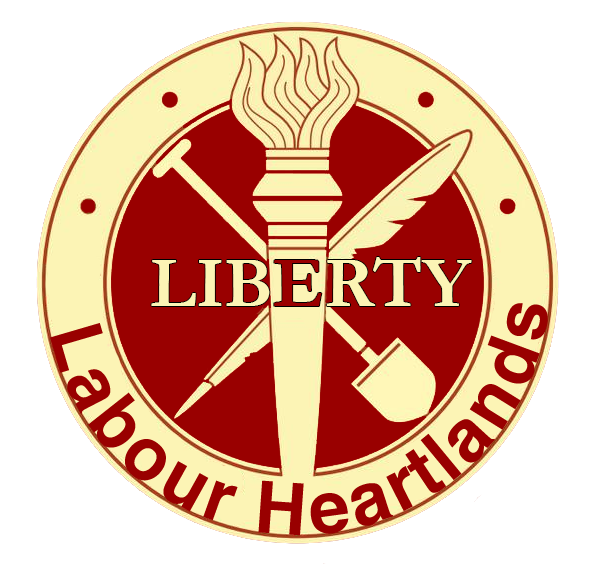Stepping into the Pages of History: The Durham Miners Gala and Its Living Heritage
On Saturday, the historic Durham Miners’ Gala will once again fill the streets with thousands of participants, marking the 137th edition of this grand event. Since its inception in 1871.
The annual Durham Miners’ Gala stands as a testament to the unwavering spirit of the mining community, persevering through adversity and evolving into a cherished tradition that embodies the values of solidarity, enjoyment, and the enduring strength of community bonds.
Against all odds, the Durham Miners’ Gala, an enduring tradition, has withstood the closure of every deep mine in the North East. The gala has remained a prominent gathering for labour movements and trade unions, solidifying its reputation as one of Europe’s largest of its kind.
Affectionately known as the Big Meeting, this annual event has garnered a steadfast following, attracting multitudes of individuals eager to participate in its festivities.
The day kicks off at 8:30 am as banner groups and bands assemble in Durham Market Place, setting the stage for a vibrant parade through the city. Due to ongoing redevelopment, the traditional North Road route will yield to Framwelgate Waterside as the procession’s new path.
Those who are attending the Durham Miners Gala step into a vibrant tapestry of working-class history, immersing themselves in a rich heritage. In embracing this iconic event, they not only attend, but become an integral part of that enduring legacy.
The Cathedral

On Gala day, amidst the afternoon sun, Durham Cathedral becomes the sacred stage for the annual Miners’ Festival Service. This venerable tradition, inaugurated in 1897, brims with reverence as new banners are consecrated and blessed by the Bishop of Durham or esteemed clerics. Within the hallowed walls, a congregation assembles, a testament to the enduring spirit of the occasion.
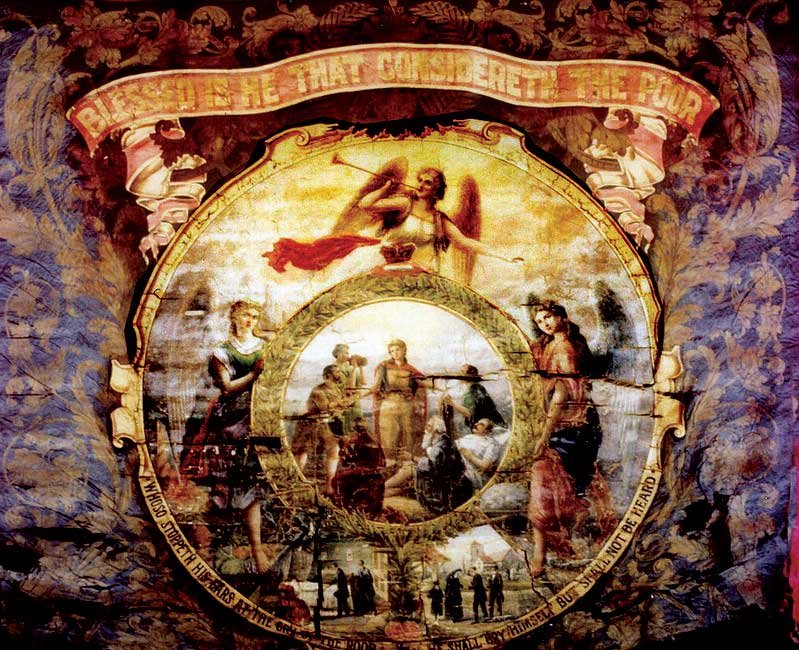
As the majestic strains of solemn music resound, bands and banners process into the cathedral with a measured gait, evoking a sense of grandeur. And when the service concludes, they depart to the spirited melodies that animate the air, the congregation’s applause serving as a resounding farewell.

Accompanied by the melodic strains of the North Skelton Band, the Durham Miners’ Association Band, and the venerable Stanhope Silver Band, which celebrates its 200th anniversary, the banners will enter the cathedral for a special blessing.
The memorial takes the form of an ornate fireplace, can also be found in the cathedral, together with a pitman’s safety lamp. Below the safety lamp is the miners’ book of remembrance which lists on a colliery-by-colliery basis the names of County Durham pitmen and boys who were killed working in the mines.

There is always a full congregation. Bands and banners enter the cathedral in slow procession, the musicians playing majestic, solemn music. After the service, they march out to jaunty melodies, the congregation clapping in time to give them a rousing send-off.
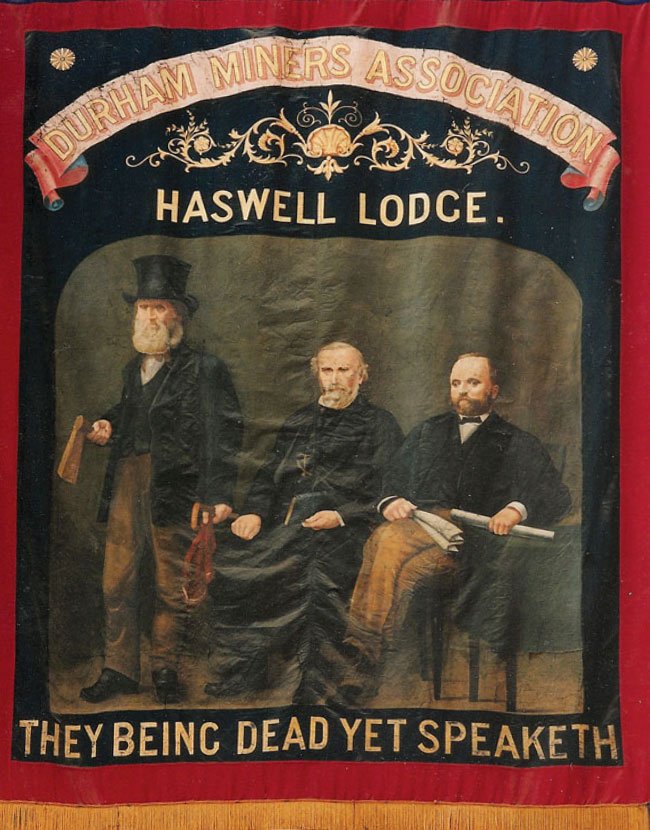
A cherished relic adorns the South Transept of the cathedral: the veteran Haswell Lodge banner of the DMA, a testament to the bygone era of 1893. Nearby, an ornate fireplace stands as a memorial to the Durham miners, accompanied by a pitman’s safety lamp. Beneath the lamp rests the miners’ book of remembrance, a solemn chronicle that meticulously records the names of County Durham’s fallen pitmen and boys, their lives claimed by the depths of the mines.

These artefacts—the book, the banner, and the memorial—serve as poignant reminders of the miners’ indispensable role in shaping the history of County Durham. They pay homage to the thousands who made the ultimate sacrifice, fueling the engines of the Industrial Revolution and providing warmth and illumination to countless homes.

To the north, beyond the River Tyne, the banners of the Northumberland miners take centre stage at the annual Northumberland Miners’ Picnic. For years, following the Second World War, this lively gathering unfolded at Bedlington, where resonant speeches reverberated from the bandstand in Attlee Park. However, earlier iterations of this event graced venues like Blyth Links, Morpeth, and Newcastle’s Town Moor.
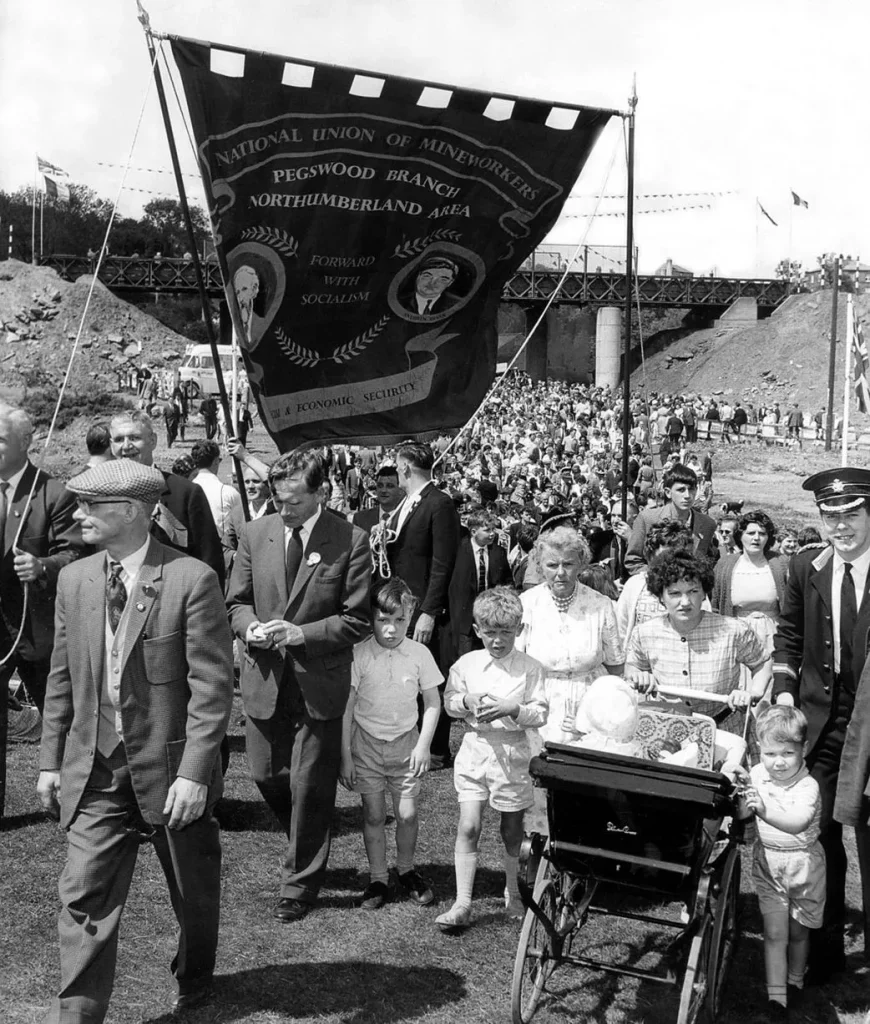
Over the years, the Picnic has been graced by notable speakers who championed the cause of the working class. Sir Charles Trevelyan, once the Minister of Education in the first and second Labour governments, lent his voice. Ellen Wilkinson, the staunch advocate for the Jarrow marchers in the 1930s, made her mark as well. And A.J. Cook, the resolute leader of Britain’s miners during the historic Lockout and General Strike of 1926, left an indelible impression on the crowd.
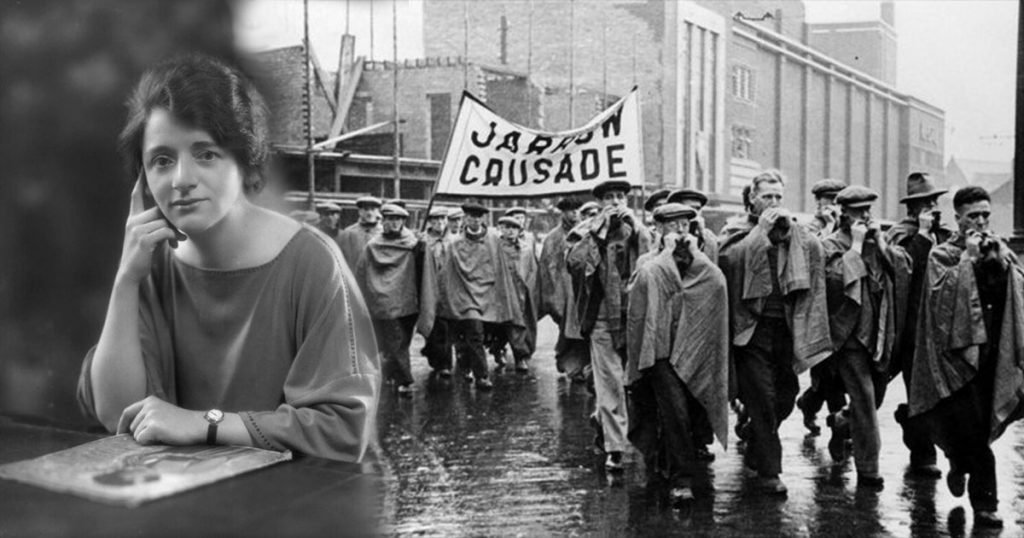
The inaugural Picnic took place in 1864 at Blyth Links, but it was the 1866 gathering at Polly’s Folly, a field nestled between Bog Houses and Shankhouse, that marked the first occurrence after the election of Thomas Burt as the secretary of the Northumberland miners’ union. In 1874, Burt’s ascent reached new heights as he became one of the first two miners elected to Parliament—an extraordinary journey for a young lad who had once operated ventilation doors in the depths of a mine.
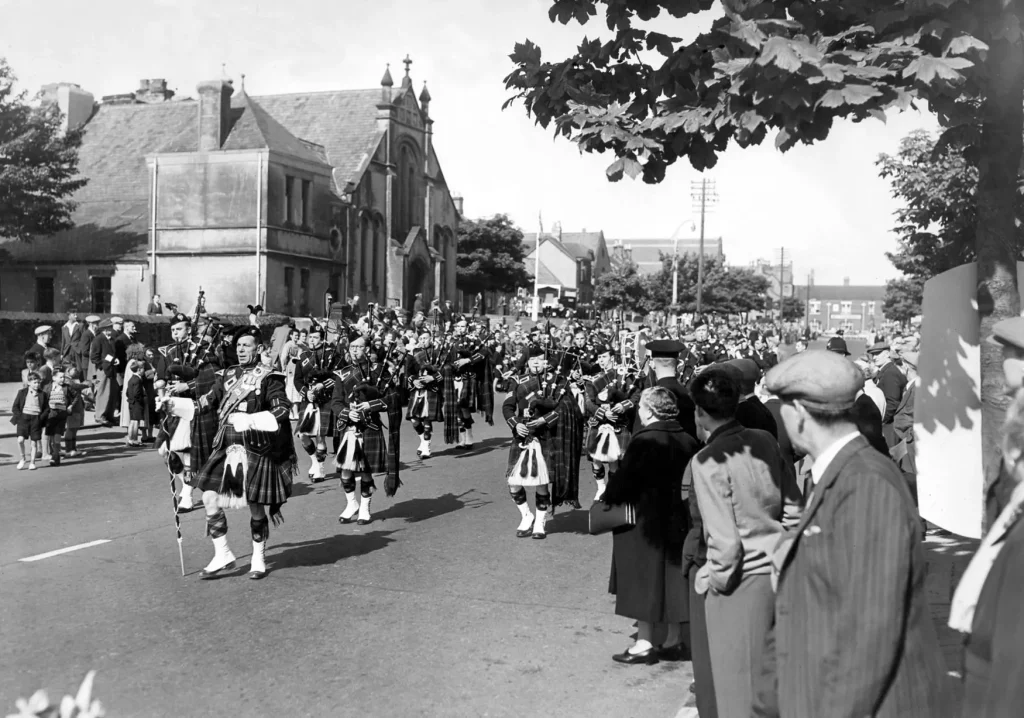
Among the highlights of the Picnic was a spirited competition between brass and silver bands, vying for the illustrious Burt Challenge Cup. Triumphing in this contest was a momentous achievement, celebrated by all.
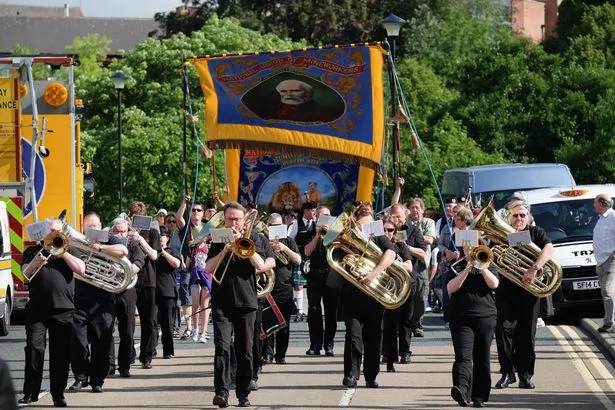
Today, there is no contest, but the Picnic takes the form of various events at Woodhorn Colliery Museum, close to Ashington, with bands and other musical entertainment included. In addition, a memorial service is held for all Northumberland miners who lost their lives in the pits of the county.
Speakers 2023
This year’s Garla pays tribute to the resolute workers who have courageously taken industrial action.
Esteemed speakers, including Paul Nowak, the General Secretary of the Trade Union Congress (TUC), and Member of Parliament Zarah Sultana, will grace the platform, lending their voices to the spirited occasion.
Who are the speakers?
- Paul Nowak, General Secretary, Trade Union Congress (TUC)
- Zarah Sultana MP
- Fran Heathcote, President, Public and Commercial Services Union (PCS)
- Sarah Woolley, General Secretary, Bakers, Food and Allied Workers Union (BFAWU)
- Sara Bryson, Tyne and Wear Citizens Assembly
- Alan Mardghum, General Secretary, Durham Miners’ Association (DMA)
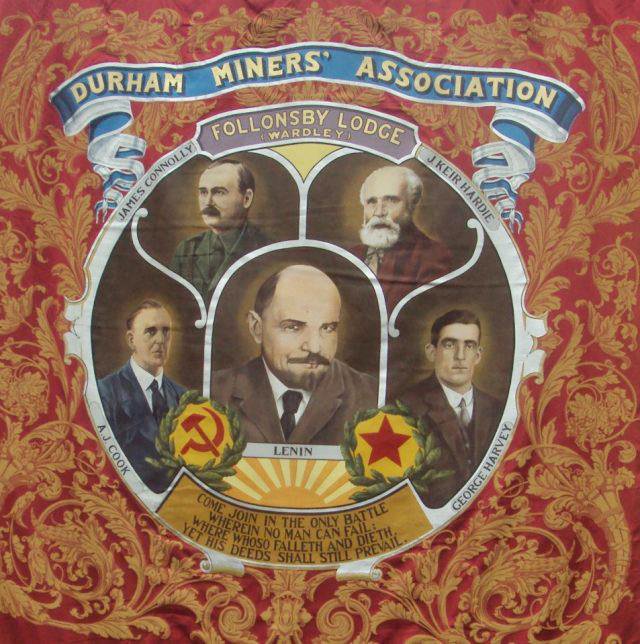
Last year, an impressive 200,000 individuals joined the gala, accompanied by over 60 banners and 50 brass bands. As the excitement builds, many are eager to know the schedule of events.
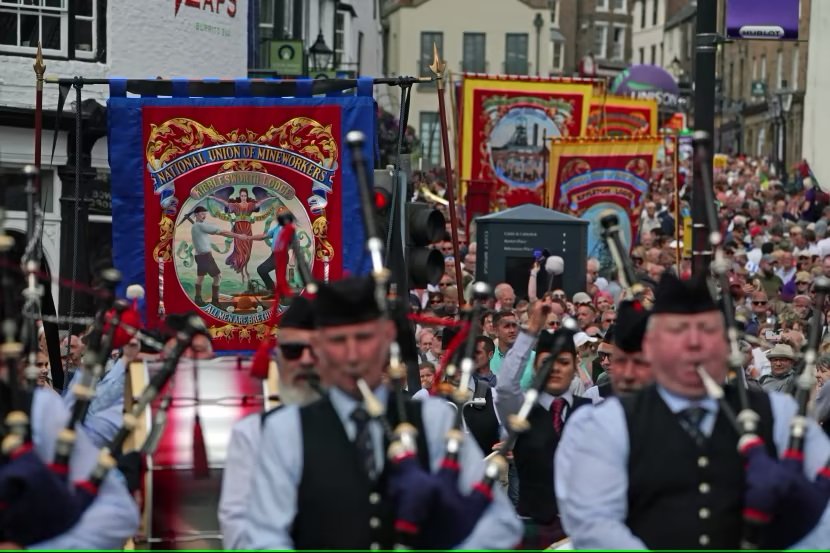
Durham Miners’ Gala: Banners Held High
Banners, a hallmark of the Durham Miners’ Gala, add a colourful spectacle to the proceedings, symbolising political allegiance, camaraderie, and a proud declaration of identity. Lodges select their banner bearers with care, as these courageous individuals hold aloft the face of their ideals.
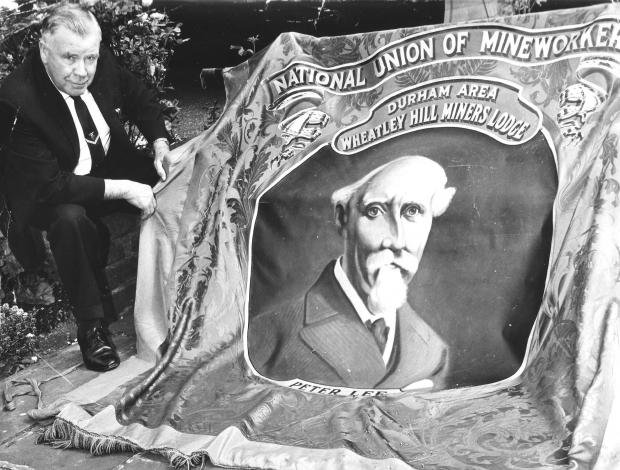
Dating back even further than the miners themselves, banners have played a significant role in Durham’s history. In medieval times, trades guilds paraded through the city behind their banners, culminating in a ceremonial visit to the cathedral. Although disrupted by the Civil War of the 17th century, the tradition never truly faded. In the 1830s, as miners began forming unions, they revived the practice, using banners to signify the presence and strength of each district in their collective struggle.
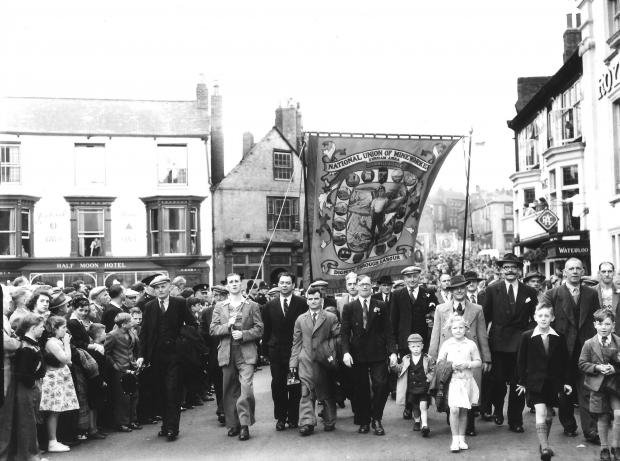
One of the earliest recorded banners, from November 7, 1863, belonged to the “Spennymoor district, Northumberland and Durham Miners’ Mutual Confident Association.” Embellished with a quote derived from the Bible, it proclaimed:
He doeth well, who doeth good
To those of his own brotherhood.
He doeth better, who doth strive,
To keep his brethren all alive.
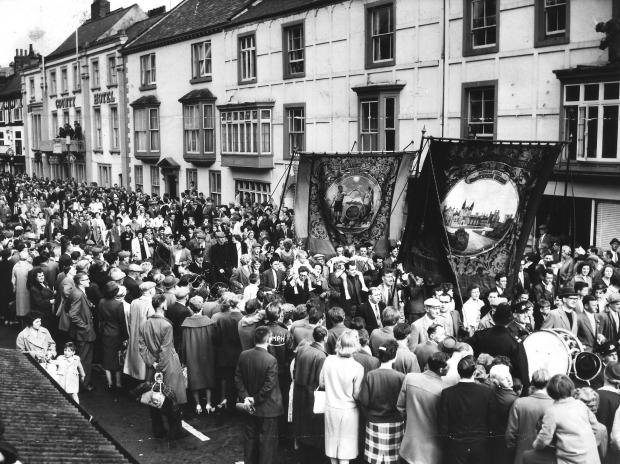
As the parade progresses, participants will pass the County Hotel at Old Elvet, where local dignitaries and leaders of the labour movement will extend their greetings from the balcony. The jubilant procession will eventually converge at the Old Racecourse, where speeches will resonate with the spirit of solidarity and progress.
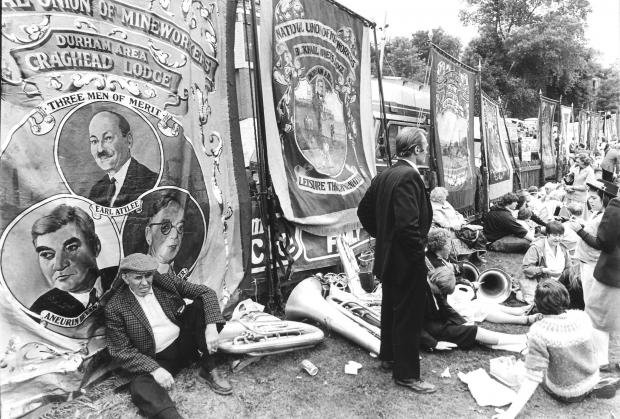

“Amidst the spirited celebration of the Durham Miners’ Gala, as you join the festivities today, tread with pride upon the foundation of working-class history. For in this moment, you not only revel in the present, but become an indelible part of a cherished heritage.”
- Paul knaggs, Labour Heartlands.
Support Independent Journalism Today
Our unwavering dedication is to provide you with unbiased news, diverse perspectives, and insightful opinions. We're on a mission to ensure that those in positions of power are held accountable for their actions, but we can't do it alone. Labour Heartlands is primarily funded by me, Paul Knaggs, and by the generous contributions of readers like you. Your donations keep us going and help us uphold the principles of independent journalism. Join us in our quest for truth, transparency, and accountability – donate today and be a part of our mission!
Like everyone else, we're facing challenges, and we need your help to stay online and continue providing crucial journalism. Every contribution, no matter how small, goes a long way in helping us thrive. By becoming one of our donors, you become a vital part of our mission to uncover the truth and uphold the values of democracy.
While we maintain our independence from political affiliations, we stand united against corruption, injustice, and the erosion of free speech, truth, and democracy. We believe in the power of accurate information in a democracy, and we consider facts non-negotiable.
Your support, no matter the amount, can make a significant impact. Together, we can make a difference and continue our journey toward a more informed and just society.
Thank you for supporting Labour Heartlands











